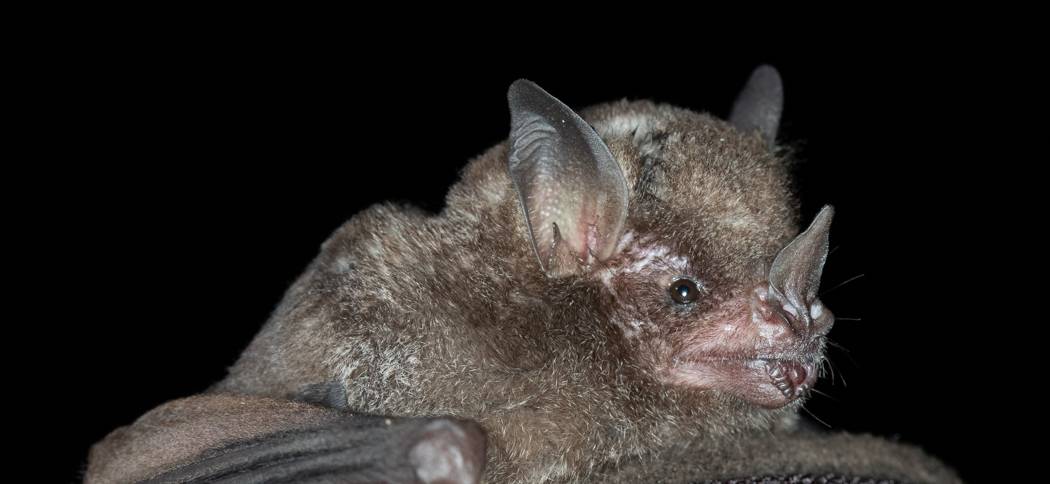
Strange Tails
We're delighted to have a strong population of strange-tailed tyrants at the reserve. So much so that we've adopted these beautiful and endangered birds as the symbol of the Trust
The growing diversity of the animals of Reserva Don Luis is a fresh source of delight every time we return. We don't play favourites, but it's impossible not to engage more with some of our more conspicuous guests. One of these is the strange-tailed tyrant. The male is stoic in his tolerance of one of nature's strangest - and it would seem least practical - adaptations. He's willing to suffer to be beautiful, and somehow manages to fly with tail feathers that were surely designed for a bird three times his size.
We love his perseverance; his resolution to succeed against challenge, and his ability to prove that anything is possible. He's appearing in growing numbers on the Reserva Do Luis, and his success has become an allegory for, and a symbol of, our own.
When we started the process of updating and redesigning our website, we wanted to adopt an image that symbolised our aims and our challenges. This brave little flycatcher, with his indomitable character, was the perfect choice.
The logo is a stylised profile of a male tyrant, silhouetted against the sunrise. We coloured the sun the blue of the Argentinian flag in honour of this country's beauty, its climate and the breathtaking span of magnificent animals that it nurtures.

Bat Research
Our bat team is conducting bat research both in the Ibera Marshes and in other provinces. We are especially concentrating on Misiones at the moment where we find the largest bat in Argentina, Chrotopterus auriitus and Myotis ruber, two species that we are researching.

Carollia perspicillata
Seba's Short-tailed Bat
This medium sized bat is quite common in the Selva in Misiones and is only found in the NE of Argentina.
We first came across it in an abandoned house and outbuildings in the heart of the selva in Misiones. It shared a roost with Desmodus rotundus. We also found it roosting in the walls of a well.
The fur is tricolour with dark tips, and it has a reduced uropatagium with a short tail that is sometimes seen extruding from the dorsal side. It has a nosefeal like all members of Phyllostomidae and a large wart surrounded by a U shaped row of smaller warts on the lower lip. The ears appear pointed from the front and it is frequently seen with its tongue out.
It is frugivorous and feeds on a large variety of fruit/seeds including the ubiquitous Piper. It also consumes insects and pollen and its a pollinator of some species.

